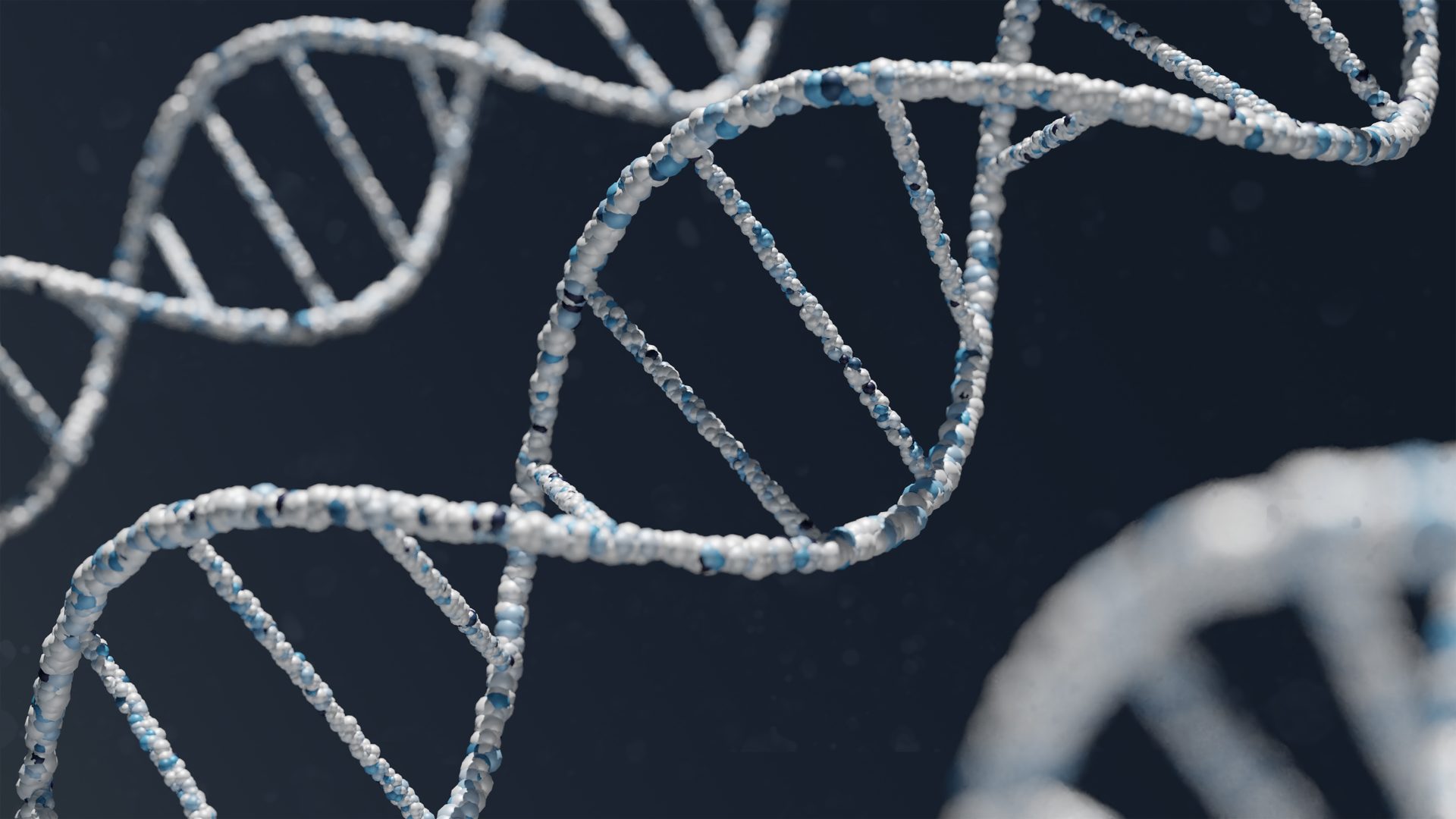In a recent incident, 23andMe, the popular ancestry and genetics company, confirmed a significant data breach that affected approximately 6.9 million users. This breach exposed personal and DNA information of the affected users, raising concerns about privacy and data security. In this article, we will delve into the details of the hack, its impact, and provide insights on how individuals can protect themselves from similar incidents.
The Scope of the Data Breach
The breach, first reported by TechCrunch, involved “threat actors” who gained unauthorized access to around 14,000 23andMe accounts. It was discovered that the hackers exploited usernames and passwords from other compromised websites that were identical to those used on 23andMe. The company clarified that there was no indication of a breach or data security incident within their systems. The compromised accounts represented approximately 0.1% of 23andMe’s user base, as disclosed in a filing with the Securities and Exchange Commission.
Access to Personal and DNA Information
The data accessed by the hackers included personal and family information as well as DNA-related details. This compromised information encompassed various aspects such as DNA relatives’ profile information, display names, last login timestamps, relationship labels, predicted relationship and percentage of shared DNA with matches, ancestry reports, matching DNA segments, self-reported location, ancestor birth locations, family names, profile pictures, birth years, weblinks to family trees, and introductions provided in the profile’s “Introduce yourself” section. Additionally, family tree information, including display names, relationship labels, birth years, and self-reported locations, was also accessed.
The Company’s Response
23andMe acknowledged the breach in October through a blog post but did not disclose the extent of the compromised data at that time. The company promptly initiated an investigation to assess the incident and mitigate potential risks. In their recent statement, 23andMe clarified that the breach did not originate from their systems, emphasizing that they were not the source of the account credentials used in the attacks.
Preventing Similar Incidents: Creating Strong Passwords
To safeguard personal information and prevent similar incidents, it is crucial to adopt strong and varied password protection practices. Contrary to popular belief, passwords don’t need to be overly complex and difficult to remember. Instead, one can create a strong password by using a phrase or a string of words that are easy to recall. For instance, a phrase like “Flowersgrowoutside” can serve as a foundation. To enhance its strength, incorporate numbers and special characters. By transforming it into something like “Flow3rsgrow0uts!de%”, the password becomes significantly more challenging for hackers, whether human or bot, to crack and gain unauthorized access to valuable information.
The Role of Digital Password Managers
Considering the necessity of managing multiple passwords, one viable solution is utilizing a digital password manager. These tools securely store and organize passwords, eliminating the need to memorize several complex combinations. With a password manager, users only need to remember a single master password to access their vault of stored passwords. This approach not only simplifies the process but also enhances security by generating strong, unique passwords for each website or service.
Implications of the Data Breach
The 23andMe data breach raises significant concerns regarding individuals’ privacy and the security of their genetic data. Access to personal and DNA information can potentially lead to identity theft, targeted phishing attacks, or even exploitation of genetic data for unauthorized purposes. The compromised data, including family tree information, could be leveraged to orchestrate social engineering attacks or facilitate identity fraud. Therefore, it is crucial for affected users to remain vigilant and take appropriate measures to protect themselves.
Steps to Protect Personal Data
In light of the breach, it is essential for 23andMe users to take proactive steps to safeguard their personal information. Here are some recommended measures:
- Change Your Password: As a precautionary measure, change your 23andMe account password immediately. Ensure that the new password is strong, unique, and not used on any other website or service.
- Enable Two-Factor Authentication: Implementing two-factor authentication adds an extra layer of security to your account. This feature requires users to provide a second form of authentication, such as a unique code sent to their mobile device, in addition to their password.
- Monitor Your Accounts: Regularly monitor your financial and online accounts for any suspicious activity. Be vigilant for unauthorized access attempts or any unfamiliar transactions.
- Beware of Phishing Attempts: Be cautious of emails, messages, or calls that request personal or sensitive information. Avoid clicking on suspicious links and verify the legitimacy of any communication before providing any details.
- Educate Yourself: Stay informed about the latest cybersecurity best practices and emerging threats. By educating yourself, you can better protect your personal data and make informed decisions regarding its usage.
See first source: USA Today
FAQ
Featured Image Credit: Photo by Warren Umoh; Unsplash – Thank you!










